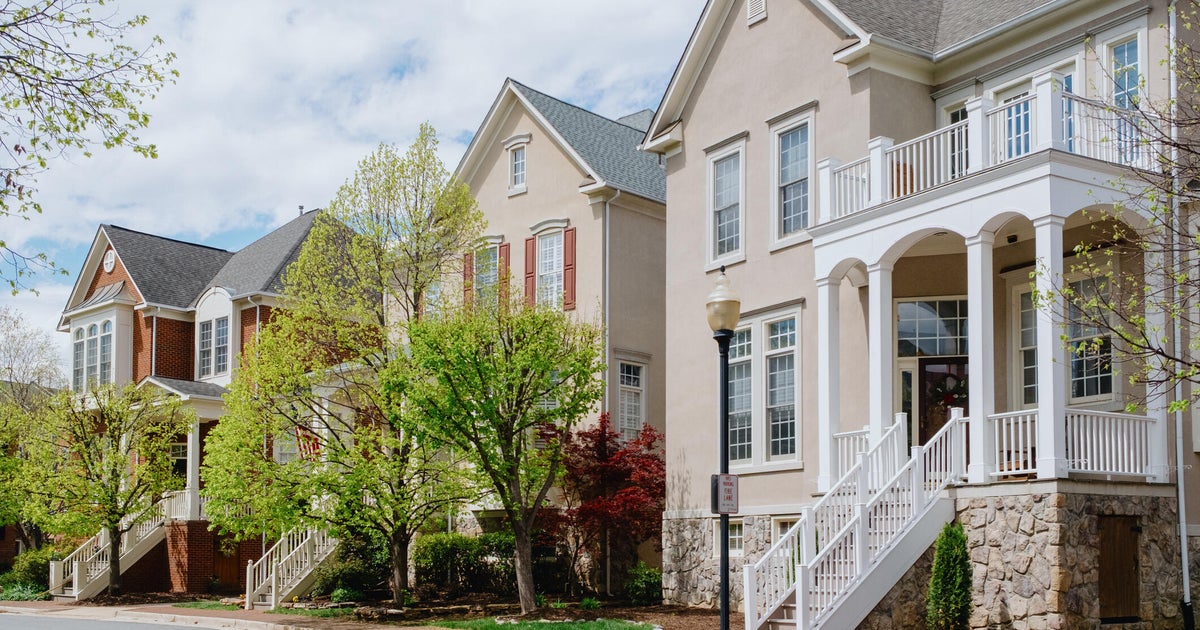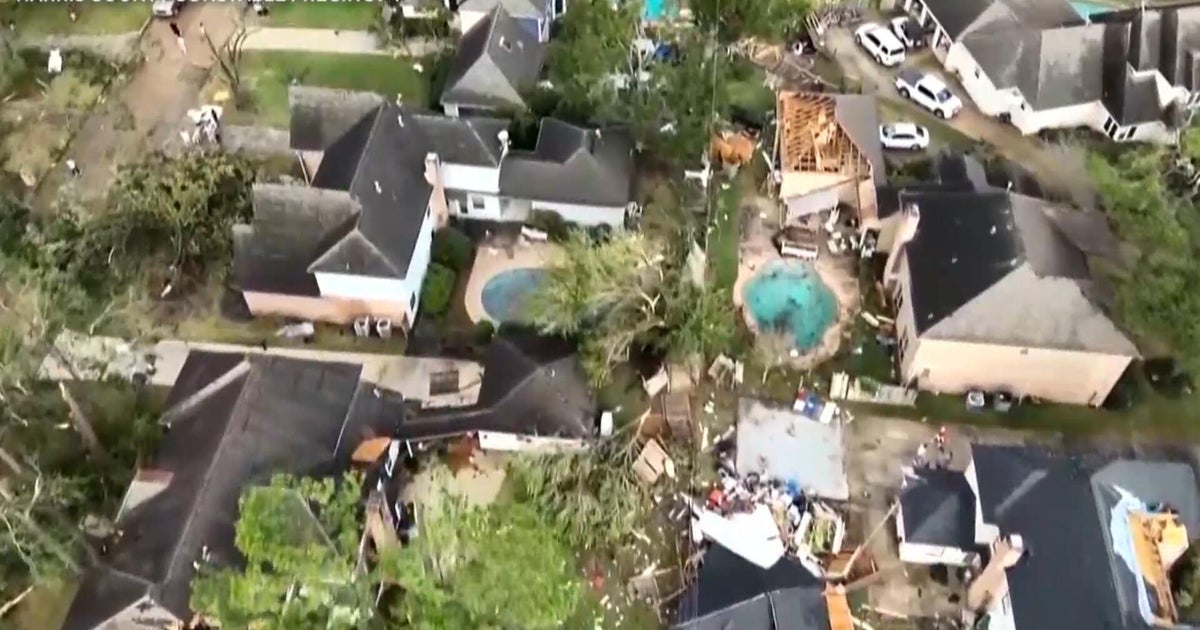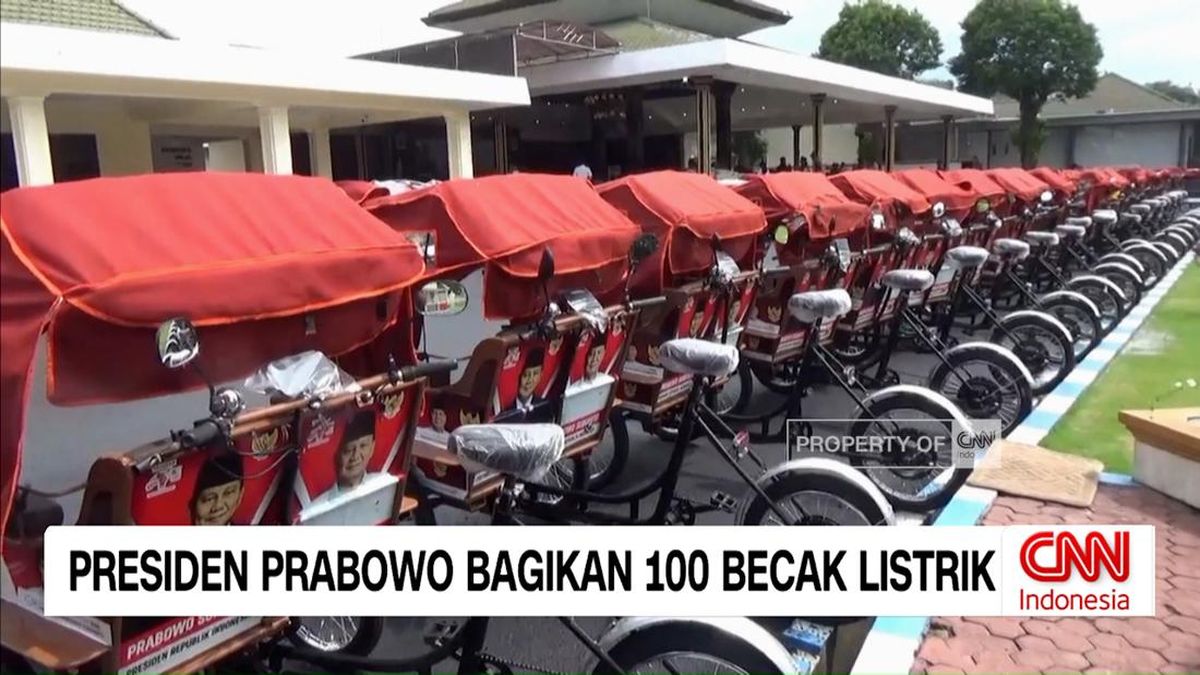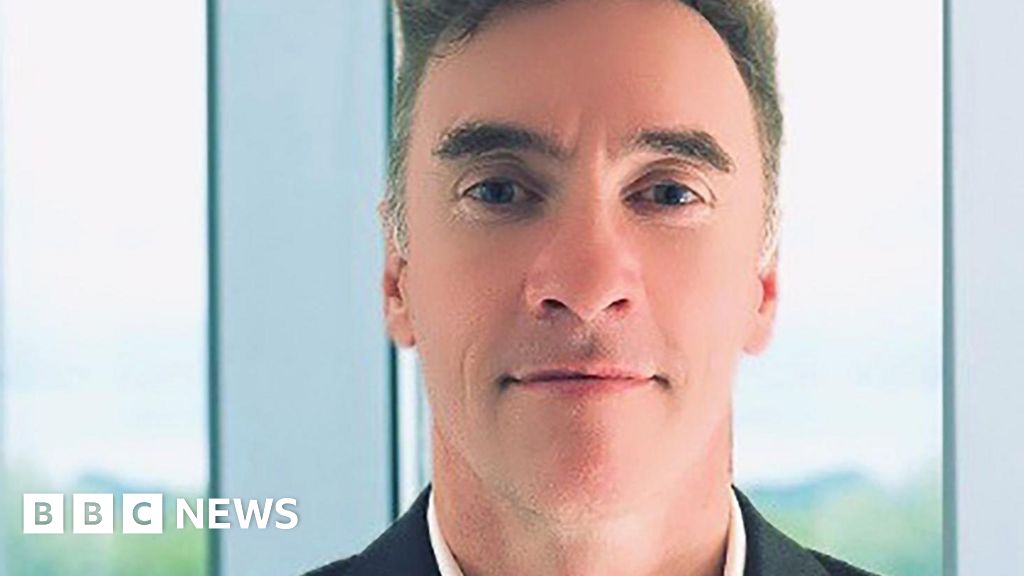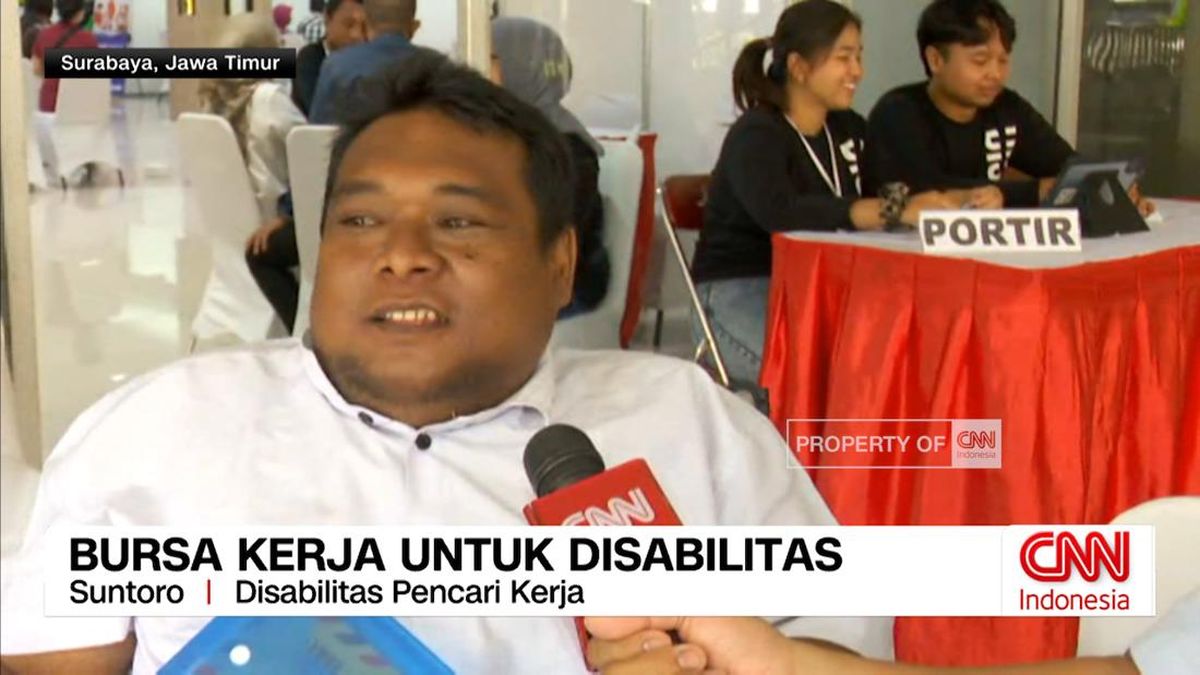Anthony Albanese’s target for 1.2 million homes by the end of the decade could be undone by a failure to deliver sewerage, water and roads to fast-growing outer suburbs – with accusations that governments are too focused on squeezing more people into inner-city areas.
An alliance of 29 local governments representing the urban fringes of the nation’s capital cities – home to 5.8 million people – argue that 82,500 homes in their regions could begin construction immediately but are sitting on the drawing board because of a lack of essential infrastructure.

The absence of essential infrastructure like roads and sewer pipes could undermine the federal government’s housing target.Credit: Louie Douvis
The government has set a target of 1.2 million homes by mid-2029, but it is already at least 60,000 homes behind schedule. It forms part of the government’s broader effort to ease pressure on the national property market, which this week has reached its worst affordability level on record.
But the National Growth Areas Alliance on Wednesday released a new report into the impediments to meeting the government’s target and the problems facing the nation’s fastest-growing councils that are also home to the lion’s share of first home buyers.
It estimates up to 310,000 of the 1.2 million housing target would have to be built in outer suburbs by mid-2029.
Loading
Alliance chief executive officer Bronwen Clark said without more financial support to councils such as Blacktown and Penrith in Sydney, Melton and Cardinia in Melbourne and Gosnells in Perth, the government would not meet its target.
She said about a third of all potential home builds were being delayed because of an absence of essential infrastructure, with the failure to extend sewer lines the single biggest impediment.
“In growth areas, the land is ready, council approvals are complete, and the developers are waiting, but without basics like roads and sewers, the houses go unbuilt,” she said.
“If enabling infrastructure is not funded in growth areas, the planned 300,000 new homes in these communities will not be built by the 2029 deadline.”
The federal government has offered $3 billion in payments to the states and territories to find ways to fast-track construction, including essential infrastructure. However, the policy has come under criticism as the cash does not flow to the governments until they exceed their housing targets.
Independent MPs led by Allegra Spender this week urged the government to bring forward payments under the existing “new homes bonus” program that sees states rewarded as they make reforms such as zoning changes or accelerated building approvals.
According to the alliance, governments are too focused on trying to lift housing supply in inner-city suburbs, where infrastructure was already under pressure, while many Australians want to live in outer-suburban areas.
At least a quarter of the 1.2 million homes are likely to be built in the 29 outer suburban councils.
But alliance chair and mayor of the City of Gosnells, Terresa Lynes, said without a change to the federal government’s programs, homes in outer suburbs would not be built.
“We’re seeing entire estates without connected sewerage and [with] insufficient water. It’s concerning that in 2025, this is what governments are expecting people to accept as their lot,” she said.
“The government is failing these Australians before their house is even built, let alone by the subsequent underfunding of infrastructure communities need to thrive once they move in.”
AMP chief economist Shane Oliver said there were no quick fixes to improving the affordability of Australian homes.
He said building more homes, tax reform, encouraging people to live in regional centres and reducing immigration should all be examined by the nation’s governments.
Oliver said that since the mid-2000s, and particularly since the end of the pandemic, governments had failed to match the level of immigration with the ability of the property market to supply housing.
Loading
“Our rough estimate is that immigration needs to be cut back to around 200,000 a year from 316,000 over the year to the March quarter,” he said.
“But in seeking to address the problem we need to act in a balanced way. In particular, immigration has been a huge benefit to Australia by boosting labour supply and addressing labour shortages, supporting state and federal budgets, slowing the ageing of the population, boosting innovation and enhancing cultural diversity and vibrancy.”
Oliver said while the government’s 1.2 million housing target was a step towards boosting supply, much more had to be done to lift the number of homes under construction.
“To meet the target will require relaxing land-use rules, less red and green tape, shifting to faster ways to build including with modular and pre-fab homes, encouraging build-to-rent affordable housing, training and importing far more tradies and refocusing more on units,” he said.
Cut through the noise of federal politics with news, views and expert analysis. Subscribers can sign up to our weekly Inside Politics newsletter.
Most Viewed in Politics
Loading


